Chair of Saint Peter, celebration of unity with the Pope
Celebration of the primacy and authority of Saint Peter
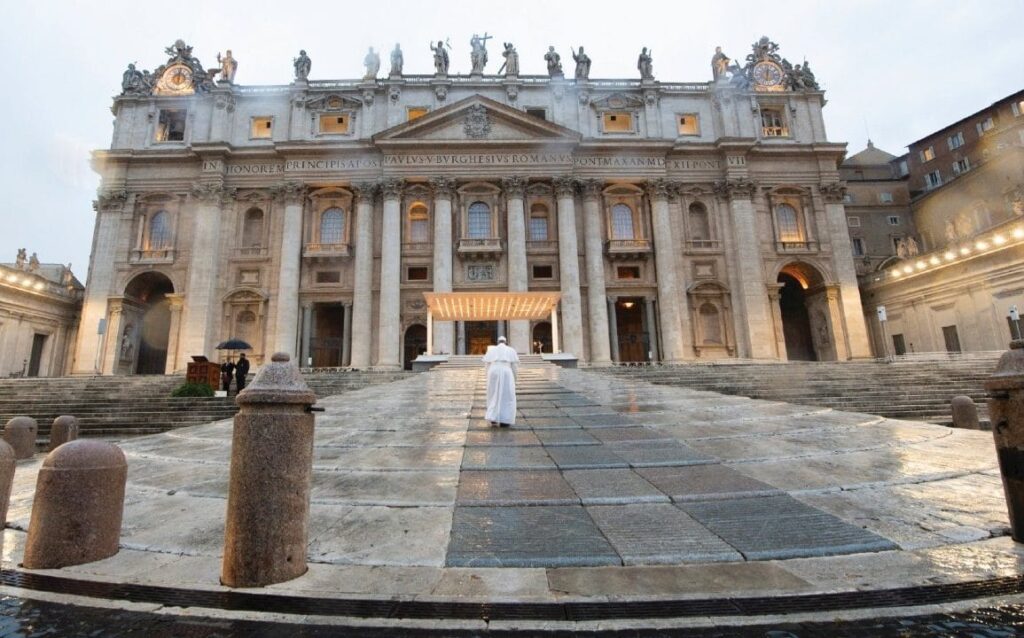
Today the liturgy celebrates the Chair of Saint Peter with which the primacy and authority of Saint Peter is paid homage and celebrated, a festival that encourages fidelity and unity with the Pope. Today is a day to unite in special prayer for the Successor of Peter, our Pope Francis.
According to the Vatican information system, the “cathedra”, literally, is the fixed seat of the bishop, located in the mother church of a diocese. For this reason, it is called a “cathedral”, and is the symbol of the bishop’s authority and the evangelical teaching that, as successor of the Apostles, he is called to preserve and transmit.
The feast of the Chair of Saint Peter is a very ancient tradition, attested in Rome since the 3rd century, through which thanks is given to God for the mission entrusted to the apostle Saint Peter and his successors.
Let us remember that Jesus himself chose Simon Peter, granting him pastoral and teaching authority, as the Gospel of the liturgy of this feast recalls (Matthew 16, 13-19): “You are Peter and on this rock I will build my Church.” And he also said to him: “But I have prayed for you, so that your faith may not fail. And you, after you have returned, confirm your brothers” (Lk XXII, 32).
It can be considered that the first “seat” of the Church was the Cenacle, where Jesus met with the disciples for the Last Supper and where they received, with the Virgin Mary, the gift of the Holy Spirit.
See of Antioch and see of Rome
Peter then moved to Antioch, a city evangelized by Barnabas and Paul, where Jesus’ disciples were first called “Christians” (Acts 11:6). There Peter was the first bishop. This is the reason why Antioch had its own festival of the Chair of Peter, which was celebrated on February 22.
Later, Peter went to Rome, the center of the Empire, where he was martyred in the service of the Gospel. For this reason, the see of Rome was recognized as that of the successor of Peter, and the “cathedra” of its bishop represented that of the Apostle who received the commission from Christ.
Until 1960 there were two festivities of the Chair of Saint Peter: that of January 18, dedicated to the see of Rome; and that of February 22, referring to the see of Antioch. In 1960, Pope John XXIII unified both festivals, suppressing the one on January 18.
Service of the Bishop of Rome
In the Angelus of February 22, 2004, Saint John Paul II recalled that this festivity of the Chair of Saint Peter, “highlights the unique ministry, entrusted by the Lord to the head of the Apostles, of confirming and guiding the Church in the unity of faith. This is what the ministerium petrinum consists of, the peculiar service that the Bishop of Rome is called to provide to all the Christian people. An indispensable mission, which is not based on human prerogatives, but on Christ himself as the cornerstone of the ecclesial community.”
“Let us pray that the Church, in the variety of cultures, languages and traditions, may be unanimous in believing and professing the truths of faith and morals transmitted by the Apostles,” he added.
Fidelity, union with the Pope
Saint Josemaría Escrivá, for his part, explained that the Church is Apostolic by constitution: “she who truly is and calls herself Catholic, must together shine for the prerogative of unity, holiness and apostolic succession. Thus, the Church is One, with clarified and perfect unity of the whole earth and all nations, with that unity of which is the beginning, root and indefectibly origin the supreme authority and most excellent primacy of the blessed Peter, prince of the Apostles, and of his successors in the Roman chair.”
And, he continues, “there is no other Catholic Church, but that which, built on the one Peter, rises by the unity of faith and charity in a single connected and compact body.”
“We contribute to making this apostolic more evident in the eyes of all, manifesting with exquisite fidelity the union with the Pope, which is union with Peter. Love for the Roman Pontiff must be a beautiful passion in us, because in him, we see Christ. If we treat the Lord in prayer, we will walk with a clear vision that allows us to distinguish, also in events that we sometimes do not understand or that cause us tears or pain, the action of the Holy Spirit” he concludes (Loving the Church, 30).
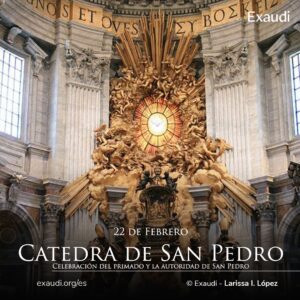
Related
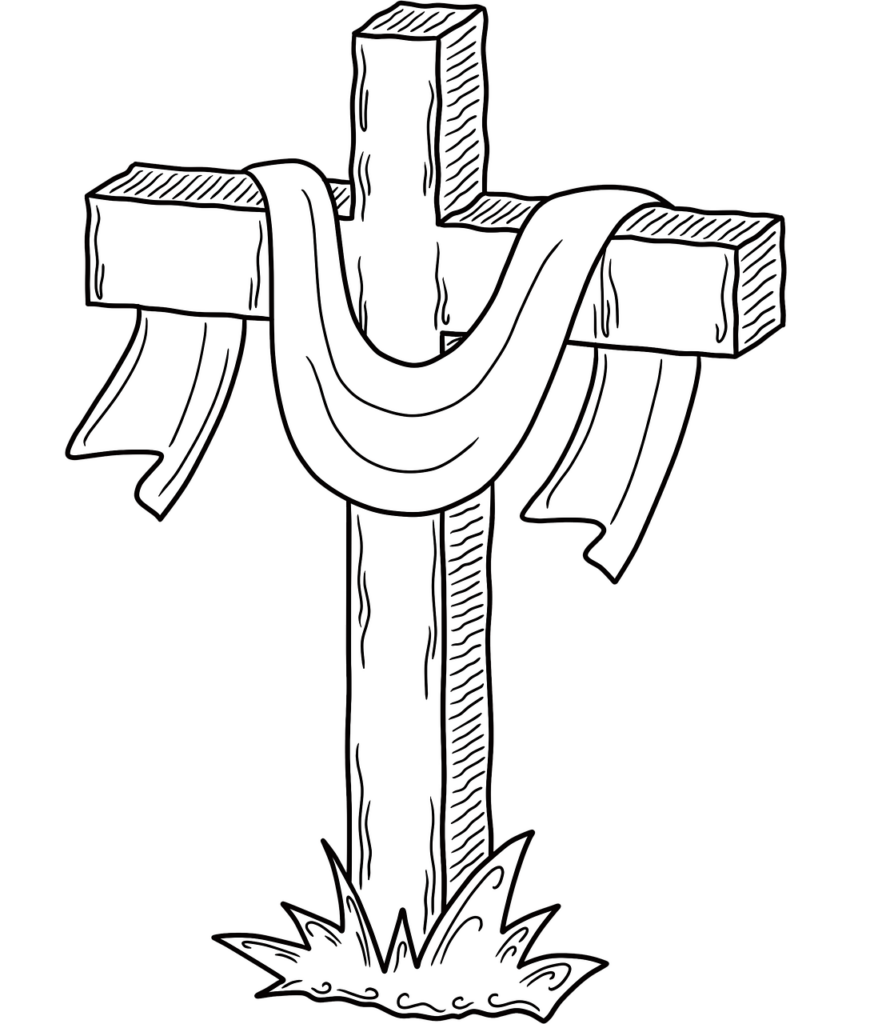
Reflection by Bishop Enrique Díaz: Alleluia, alleluia
Enrique Díaz
20 April, 2025
5 min
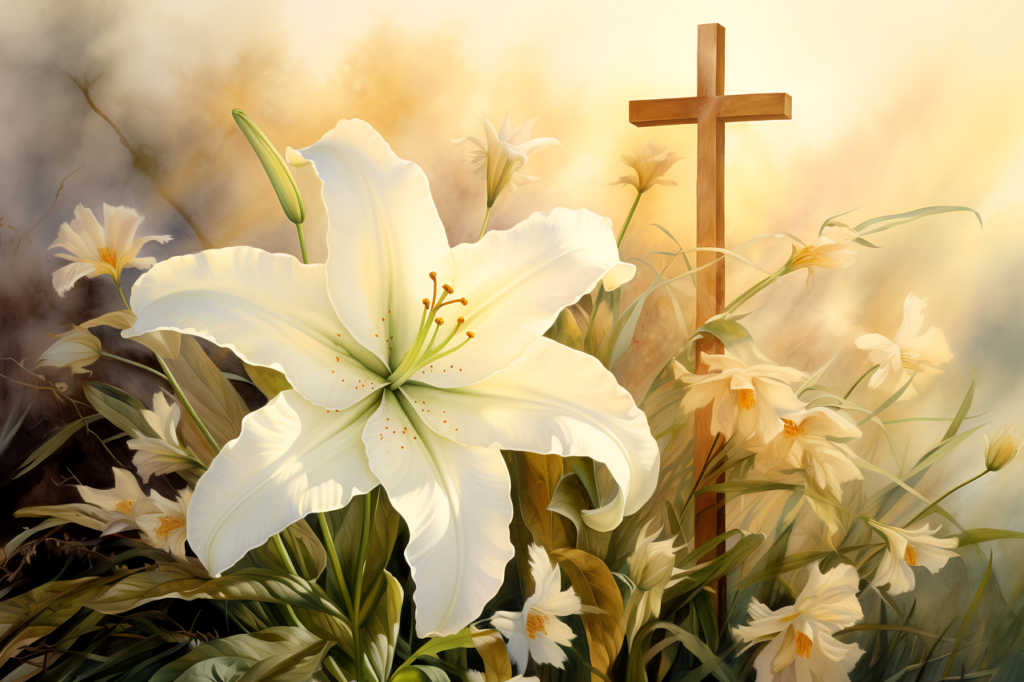
Christ is Risen! Alleluia! Commentary by Fr. Jorge Miró
Jorge Miró
20 April, 2025
3 min
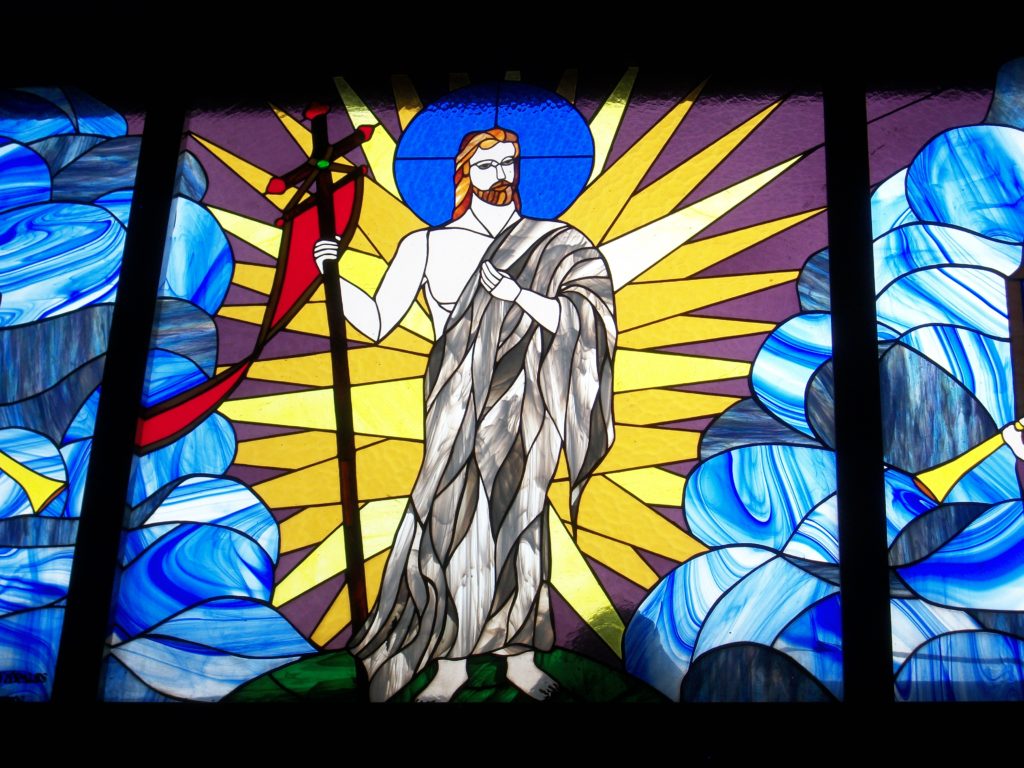
Easter: Mystery of Freedom
Carlos J. Gallardo
20 April, 2025
5 min
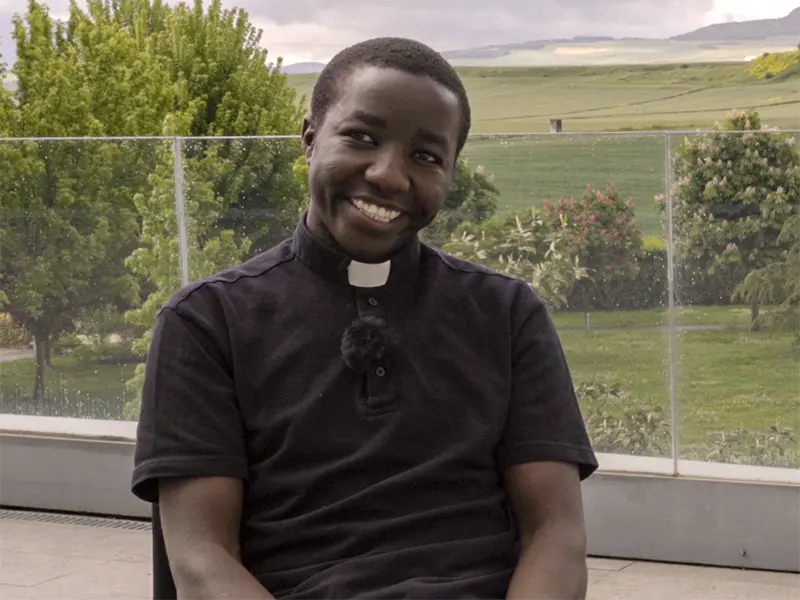
“Being Catholic in Tanzania is a source of pride”
Fundación CARF
16 April, 2025
6 min
 (EN)
(EN)
 (ES)
(ES)
 (IT)
(IT)

